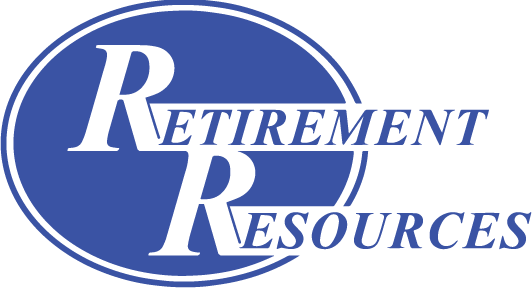Pressure Cooking
Stagflation is a misnomer, mused the great twentieth-century American economist Milton Friedman. Stagflation is not simply a period of slow economic growth and rising prices, it’s a cycle of inflation causing stagnation, concluded the monetarist sage. Freidman’s comments likely highlight how economic growth is hard to achieve during inflationary cycles since interest rates must remain elevated to strip inflation from the economy. Intuitively, above average rates are typically countercyclical for growth.
The US economy has grown impressively since its last downturn in economic spending. Admittedly, a significant source of that historical growth has come from price-induced increases due to large fiscal deficits and policies designed to push borrowing costs down. Still, despite all the excesses from the last cycle, markets haven’t experienced a recession, and one doesn’t seem in sight. So far, the Federal Reserve’s (Fed) policies appear in control, effectively reducing inflation and promoting full employment, the dual mandate. Despite this positive outlook, the inverted US yield curve, when short-term interest rates exceed long term market rates, has offered investors few incentives to make long commitments with their savings for quite some time.
The latest estimate reports that real US economic growth expanded at a 1.4% annualized rate in the first quarter of 2024. Meanwhile, the annualized inflation rate experienced in April came in at 3.6%. Unfortunately, the annualized growth rate has slowed below the annualized inflation rate. If that trend persists, consumers, businesses, and governments may find it more challenging to maintain a certain standard of living. When inflation remains sticky and elevated, it prevents households and outside organizations from making real growth-related expenditures. In addition, it challenges the Fed’s risk-appetite for wanting to reduce interest rates and pursue pro-expansionary policies.
The Fed is in a tough spot. It can’t let its foot off the brakes too soon, or it might restart the next credit cycle too soon and reaccelerate inflation. Conversely, investors can sit back and earn 5% or more on relatively risk-free debt that competes money away from the private sector, where it is needed to create jobs and growth. The present setup may be what Freidman meant when he quipped about stagflation.
Extremely competitive interest rates in the US may also be starting to interfere with international growth rates. The US dollar is the global currency, so any international lending or borrowing usually involves the US dollar to facilitate it. Higher US interest rates have driven foreign savings into US assets, causing foreign investments to flee home country markets where it could have financed growth. Consider what’s happened to the Japanese Yen as of late, which is typically considered a stable and relatively safe currency. If the Fed isn’t able to cut interest rates soon, like the European Central Bank recently did, it may quickly face political pressures from home and abroad.
Meanwhile, on the other stage, equity markets generally do what equities do best: earn profits and accumulate growth. Success coming from the technology sector continues to drive stock market returns, elevating investor sentiments throughout the process. In addition, the current 20-times stock market index price-to-earnings ratio, what investors expect to pay to earn one dollar of index earnings, doesn’t make stock prices look unattractively priced, especially if real economic growth runs below 2% for a while. The reciprocal of 20 is 5%, so another way to think about this is that investors can earn 5% plus a growth rate by investing in stocks, which is better than the economy’s current outlook for real growth on properties and incomes. Therefore, as long as inflation continues to exit the economy, the stock market’s chances for a near-term correction appear semi-bleak.

